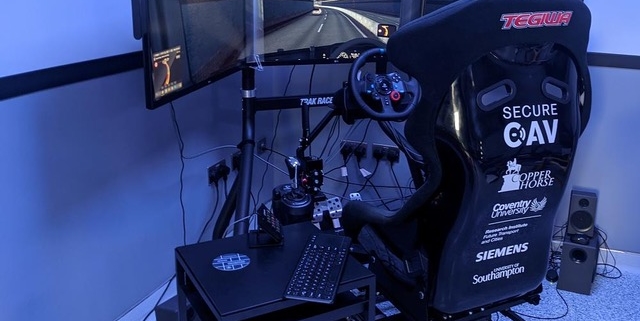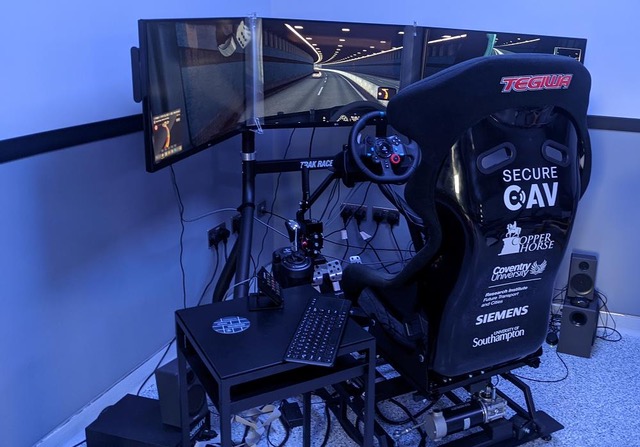ADT Extends its Connected Security to Mobile
At a time when consumers have grown accustomed to using their mobile phones to order services and to receive updates on any information they want to monitor, the security industry is looking to meet their expectations.
For example, ADT has been working to extend its subscription-based security services beyond the home and into automotive and mobile phone-based safety initiatives.
During its investor day event held Tuesday (March 1), ADT executives outlined several ways in which the company has reshaped and strengthened its portfolio. Among the newer initiatives are automotive and mobile.
“As we craft our longer-term vision, we’re looking beyond the home, and it’s important for us to talk about the extension into providing safety and security for people — wherever they are,” Leah Page, vice president, emerging business and mobile at ADT, said during the event.
Providing Personal Safety Through Mobile Phones
To provide personal safety for people on the go, ADT offers its SoSecure mobile app. This allows customers to call ADT for help in many ways — by sliding a button, SMS chat, video or hands-free with a secret code word.
Once activated, SoSecure discretely connects users with trained ADT monitoring security professionals who can assess the situation and notify 911 with the user’s location and profile details to help first responders find them faster.
“We envision situations like running at night, being alone in a parking lot, walking across campus or being the last worker left at your job, and how having an ADT agent stay connected with you or check in on you might make a difference,” Page said.
She noted that the service can help reduce false alarms to 911, ease a caller’s concerns that 911 won’t take them seriously and more efficiently relay data such as the caller’s location to 911.
Integrating With Partner Companies’ Apps
This service can also be integrated into partner companies’ apps. For example, the personal safety feature integrated into the Lyft app connects Lyft riders and drivers to an ADT monitoring professional.
Page said this mobile phone-based service accommodates the new ways people are living their lives, noting that just a few…






